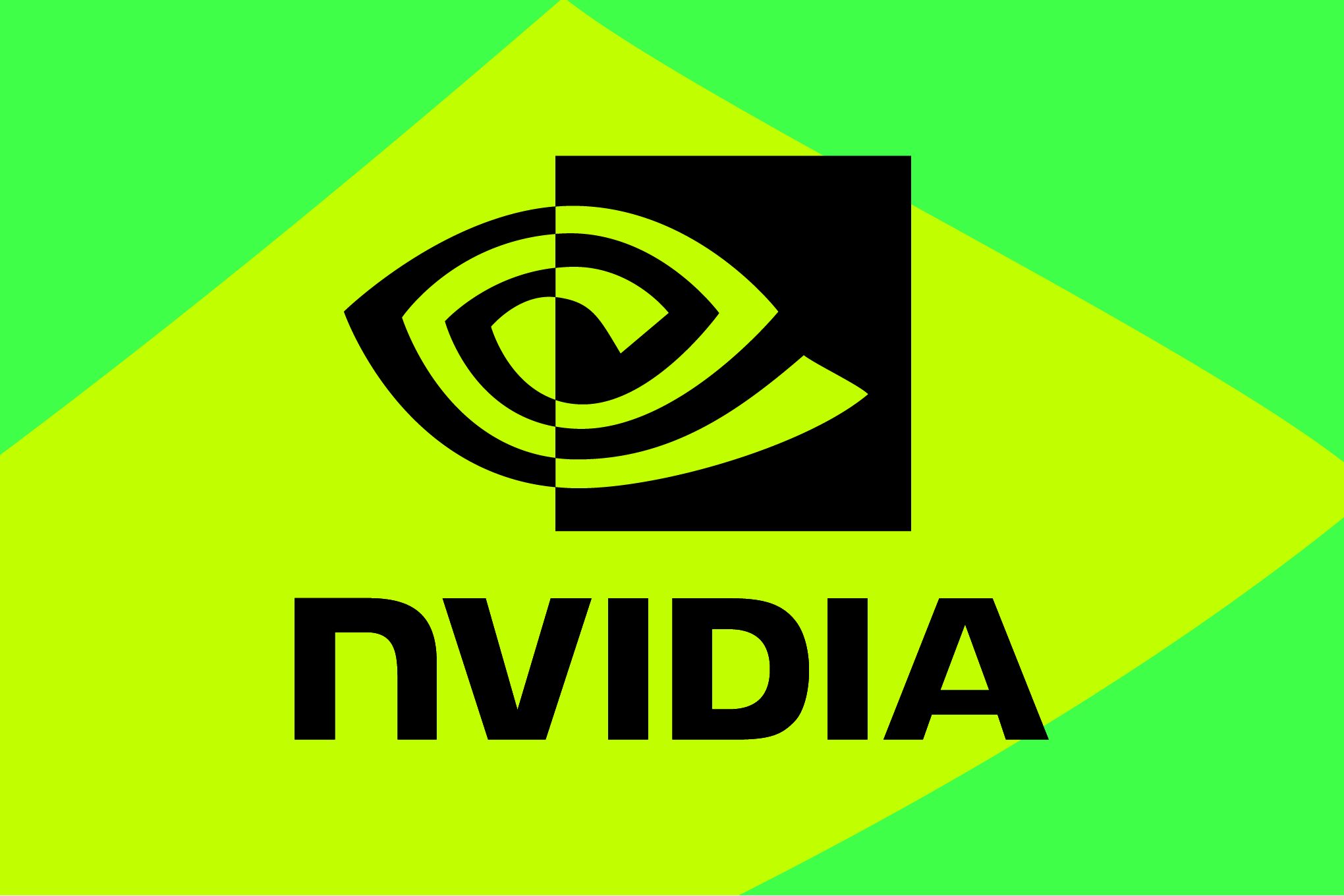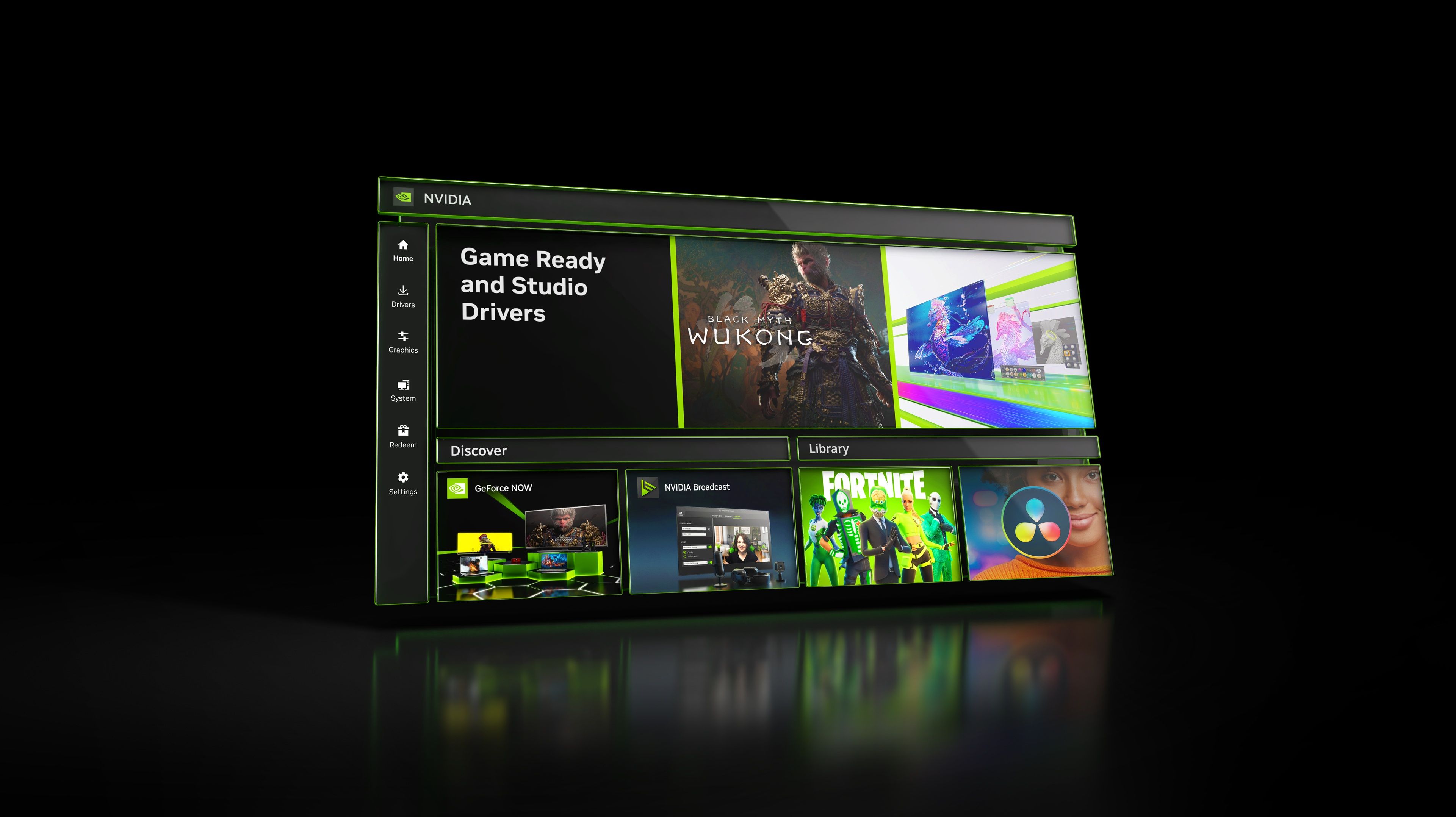Nvidia just revolutionized digital hair rendering with RTX Hair technology, debuting next month in Indiana Jones and the Great Circle. Instead of traditional triangles, the company uses spheres to create photorealistic hair that maintains performance while delivering cinema-quality visuals that could redefine how we see digital humans in games.
Nvidia just dropped a bombshell that's about to change how we think about digital hair forever. The company's new RTX Hair technology launches next month in Indiana Jones and the Great Circle, and it's not just another graphics upgrade – it's a fundamental reimagining of how hair gets rendered in real-time gaming. The secret? Spheres instead of triangles, a shift so fundamental it's like switching from cave paintings to photography. Harrison Ford's virtual hair has never looked better, and this is just the beginning. The breakthrough centers on Nvidia's linear swept sphere (LSS) primitive, a new rendering approach that the company describes as "a big step toward rendering high-quality digital humans in real time," according to official developer documentation. Unlike traditional triangle-based hair rendering that creates blocky, artificial-looking strands, LSS uses spheres to create smooth, volumetric hair that responds naturally to lighting and shadows. The technology represents years of research into solving one of gaming's most persistent visual challenges: making digital humans look genuinely human. The timing couldn't be more strategic for Nvidia. As the gaming industry pushes toward photorealistic experiences and developers demand better tools for character creation, RTX Hair positions the company at the forefront of the next generation of visual computing. The technology leverages hardware-accelerated ray tracing capabilities built specifically into RTX 50-series GPUs, meaning this isn't just a software update – it's a fundamental hardware advantage that Nvidia can exclusively offer to developers and gamers. Indiana Jones and the Great Circle becomes the perfect testing ground for this technology, with Harrison Ford's iconic character serving as the digital guinea pig for what could become the new standard for hair rendering. The game's real-time path tracing mode will receive the RTX Hair update, allowing players to experience the difference between traditional triangle-based hair and sphere-based rendering side by side. Early comparison images show dramatically fuller, more realistic hair that maintains natural movement and lighting responses. The technical implications extend far beyond gaming. As virtual reality, metaverse applications, and digital filmmaking converge, RTX Hair could become the foundation for the next generation of digital human creation. The technology's ability to maintain performance while delivering cinema-quality visuals solves a critical bottleneck that has limited realistic character creation in interactive media. Industry analysts are already speculating about adoption timelines and competitive responses. and will likely accelerate their own hair rendering research, while game developers are probably already planning RTX Hair integration into upcoming titles. The technology's exclusive tie to RTX 50-series hardware creates a compelling upgrade path for PC gamers who want access to the most advanced visual features. What makes this particularly significant is focus on practical implementation. RTX Hair isn't just about making hair look better – it's about making better-looking hair accessible to game developers without destroying performance or consuming excessive memory. This balance between visual quality and technical efficiency could accelerate widespread adoption across the gaming industry.












